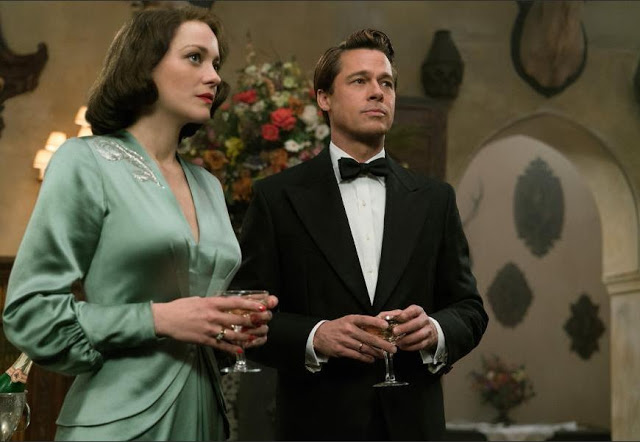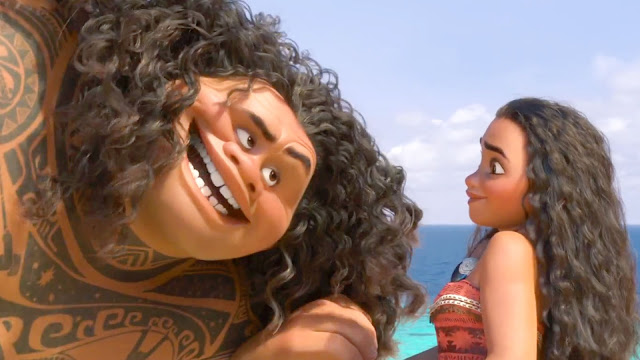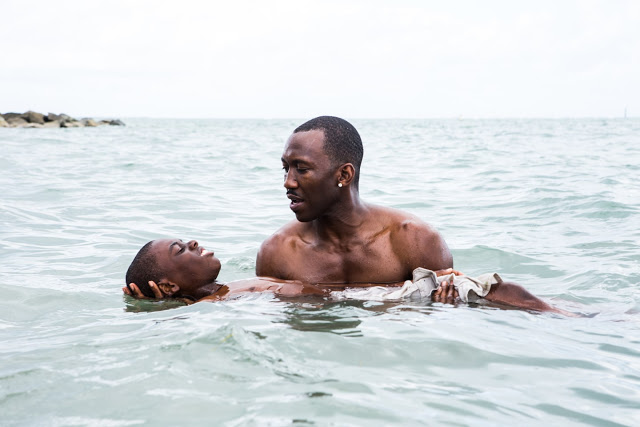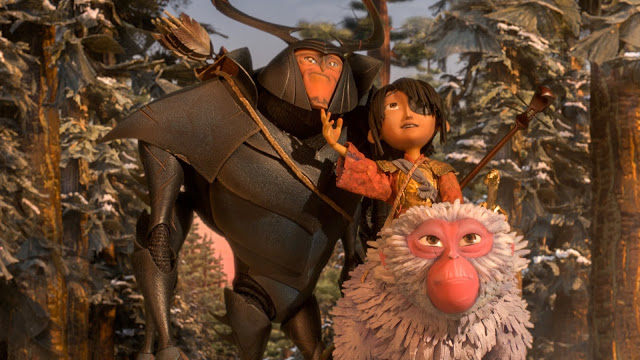Allied: Sex and Spies, with a Side of Suspicion
Beautiful, enigmatic, tantalizingly seductive, brimming with feeling—am I describing Allied, or Marion Cotillard? Is there a difference? Robert Zemeckis’ World War II thriller has much to recommend it—slick pacing, gorgeous costumes, a taut script by Peaky Blinders creator Steven Knight—but the unequivocal highlight is Cotillard’s hypnotic performance. At once exquisitely graceful and nakedly emotional, the actress effortlessly commands your attention whenever she’s on screen. The only problem with Allied is that she isn’t on screen nearly enough.
A handsome period piece, Allied opens in blinding sunlight, as a lone solider parachutes into the deserted sands of French Morocco. This is Max (Brad Pitt, holding his own), a Canadian intelligence officer on a mysterious assignment. He slips on a wedding ring and makes his way to Casablanca, where he locates his wife, a socialite named Marianne (Cotillard), who in actuality is neither a socialite nor his wife. Instead, Marianne is a fighter for the French Resistance—she and Max, who have never met before, have been tasked to pose as a couple while carrying out a dangerous mission. Knight’s script initially leaves the details of that mission murky, though we know the stakes are high and the odds are low; when Marianne asks Max to estimate their chances of survival, he tersely replies, “60-40. Against.” Read More





